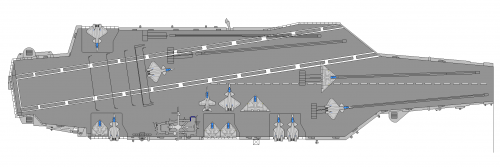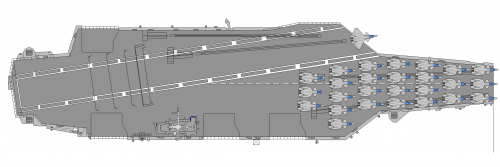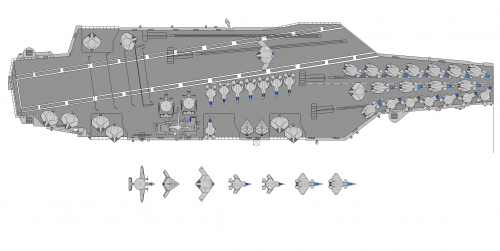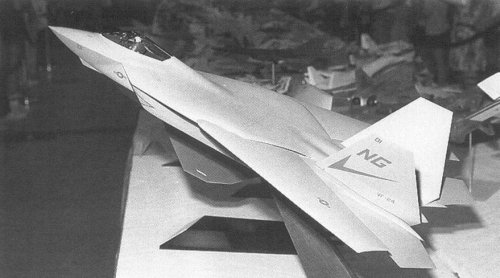- Joined
- 2 August 2006
- Messages
- 3,255
- Reaction score
- 1,527
According to my calculations, the NATF is approx 62.5' in length.
I guess-timated it, by referencing the detail forward fuse pic Scott had posted earlier with the smaller pic of the over all configuration and figured out the halfway point of the fuselage and marked that on the detailed forward fuselage image. I then matched it's scale with that of the F-23A blueprint Overscan had posted in the YF-23 thread until their canopies and windscreens matched when I overlayed them. Then comparing that length with the F-23A's is how I arrived at the length. It actually came out to 62'-4.5", but I know my calc method wasn't that accurate, hence, 62.5'. Of course my scaling isn't even that accurate, so it's length may be a little less at exactly the same length as a Tomcat. Anyway, you guys get the point.
Of course my scaling isn't even that accurate, so it's length may be a little less at exactly the same length as a Tomcat. Anyway, you guys get the point.
Also, has anyone seen performance specs for the NATF. I'm just curious if it was supposed to be able to supercruise and at what Mach number?
I guess-timated it, by referencing the detail forward fuse pic Scott had posted earlier with the smaller pic of the over all configuration and figured out the halfway point of the fuselage and marked that on the detailed forward fuselage image. I then matched it's scale with that of the F-23A blueprint Overscan had posted in the YF-23 thread until their canopies and windscreens matched when I overlayed them. Then comparing that length with the F-23A's is how I arrived at the length. It actually came out to 62'-4.5", but I know my calc method wasn't that accurate, hence, 62.5'.
Also, has anyone seen performance specs for the NATF. I'm just curious if it was supposed to be able to supercruise and at what Mach number?





